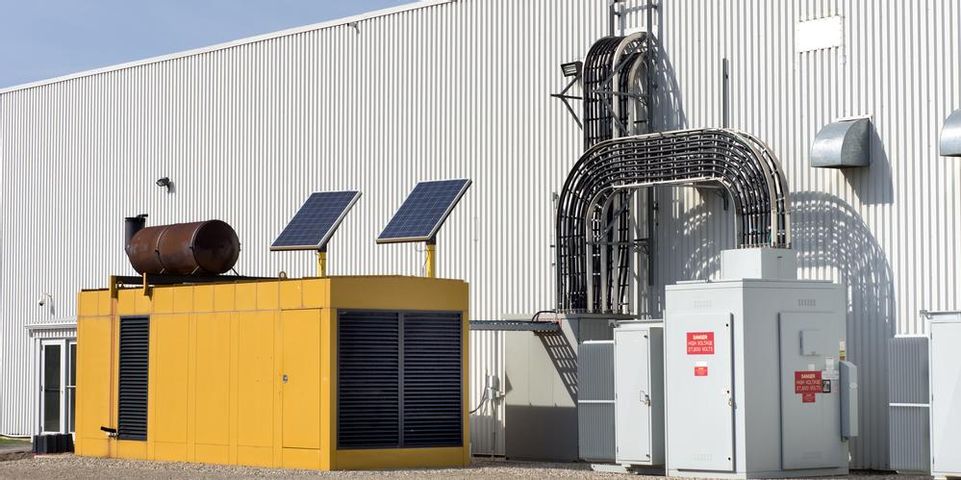Why Schedule Load Bank Testing for Generators in Manufacturing Facilities?

In a manufacturing facility, lost production time is lost money. If the power goes out and your commercial generators fail, unplanned downtime can set the schedule back and result in extra costs for employee overtime. If you're in charge of maintenance, use this guide to understand why you should schedule routine testing for your generators when they aren’t in use.
What Is Load Bank Testing?
Commercial generators rarely run at full capacity because they’re typically off. However, any existing problems may not become apparent until they reach these levels, which create the highest operating temperatures.
A load bank test creates artificial demand for power to drive up the temperatures. The test gradually increases the draw until the load matches the generators’ highest capacities. This process takes several hours, and should be performed quarterly or monthly depending on your business's needs.
Why Do You Need Load Bank Testing?
 Regular testing is the most effective way to check whether your equipment is reliable. If it operates effectively at full capacity, you know it sustains your operations during a power outage. If a unit fails the test, you can repair or replace it without impacting production.
Regular testing is the most effective way to check whether your equipment is reliable. If it operates effectively at full capacity, you know it sustains your operations during a power outage. If a unit fails the test, you can repair or replace it without impacting production.
Testing even improves the life and the performance of the system. When a generator runs below capacity, carbon builds up inside it and the engine may undergo wet stacking, which occurs when unburned fuel travels into the exhaust system. Running it at full capacity periodically clears out any accumulation.
Call Powers Guaranteed Generators for help maintaining your commercial generators. They’ve served the Keene, NH, area for over 25 years. Offering 24/7 emergency service, a 15-minute callback guarantee, and one-trip repairs, they’re dedicated to high-quality customer service. All work is performed by licensed technicians certified by the Electrical Generating Systems Association (EGSA). Call (603) 296-9066 to schedule testing, or visit them online to learn more about maintenance.
About the Business
Have a question? Ask the experts!
Send your question

